|
Over the course of five weeks, I attended international Brazilian Zouk dance festivals and local events in seven countries. In Toronto, I studied with Brazilian Zouk’s pioneers, Renata Peçanha and Jaime Arôxa. I ate my way through Paris, discovered I remembered a surprising amount of my high school French, and danced with locals and friends from Toronto and New York City on the Seine. I survived a solo bike tour of Amsterdam and discussed how to manufacture emotional connection over Toasties in The Hague after three days of intensive Zouk training. I received a personal midnight tour of Delft and took a photo in front of the old town hall where some of my Canadian zouk friends had gotten married. I washed salt off my cheeks before a private dance class following a visit to the Ghetto Heroes Monument in Warsaw. I started seeing familiar faces in Katowice, Poland. I learned to walk and eat slowly and thought about life, community, and Judaism in Prague. I got stranded in Germany and spent a day exploring Rothenberg Castle with a group of young-professional expats that ended at a Blues bar watching awkward middle-aged Germans bounce around happily to famous Blues songs they know all the words to but don't understand. I was invited to teach a workshop in Manchester, England and ate all the fish and chips. In London, I picnicked, attended local and regional socials, and "zouk-bombed" a Blues dance festival's latenite Fusion dance set DJ'd by one of my American dance friends. When I set out to conduct my summer research, I asked a series of questions, some of which through the course of my project I have been able to update. These were: 1) can I begin to identify where the various elements of this dance come from? 2) What elements define the dance today and where did they come from? 3) Is there a modern day Zouk culture and if so how much of it is rooted in Brazil vs. other countries in which the dance has taken root? 4) Are there cultural differences between international Congresses and local communities housed within the same city? Regarding the first question, yes, I can begin to identity the elements that comprise this dance. For the second, in addition to the fundamental movements (Basico, Lateral, Viradinha, Soltinho, Elastico, Boomerang, Yo-Yo) that comprised the original dance in Rio de Janeiro, we have “passive head movement,” lead isolations, hip hop styling, underarm swings from West Coast Swing, and open frame influenced by European ballroom traditions as well as local cultures in which full body contact is uncomfortable for new dancers In eastern Europe, the Follows/women are known to be some of the best in Europe. This is likely due to them coming into Zouk with strong backgrounds in ballroom, ballet, and sometimes Bachata, which means they have body awareness, control over their legs and feet, lines, frame, and other technical qualities that allow them to execute virtuosic movements with seamless transitions and styling. What they do not have, however, is a strong Brazilian presence, which changes the feel of the culture in these spaces. They are a little less touchy-feely, a little quieter. In many places, the music had no beat, there were no fundamental movements, some dances hardly included any movement, and yet there was still an understanding that all of this fit under the Zouk umbrella. For Brazilian Zouk grandfather Jaime Arôxa, one does not dance Zouk to music without the Zouk rhythm, even though dancers today can find the rhythm on their own in a 4/4 meter. In some places the dances felt very contemporary and in others very hip hop. Overall, European dancers connect first and seek to maintain that connection even as they are executing technical tricks such as counterbalance turns. There is a Brazilian presence in most places. Nevertheless, while there is some Brazilian music in Portuguese, most music is remixed American pop-music, which means the songs you are used to dancing to in the U.S. are often songs you will hear abroad. Therefore, in addition to shared movement vocabulary, being able to share a familiar or favorite song with someone who does not speak the same language as you do can nonetheless result in very memorable moments. Regarding Congresses vs. local communities, yes, there are differences. The Paris community was a good example in which the dancers were different and not all of the locals attended the Congress, which meant the Congress was mostly people who traveled to get there. There was no newcomer track, which meant the level was generally very high as participants already knew how to dance. Furthermore, there were people who traveled from cities where there was no one to dance Zouk with, so their passion was infectious and a privilege to experience. On the other hand, perhaps there is not as much difference as I think since a lot of the people in local communities travel, as travel is much easier and less expensive in Europe than in the US. Because of this, we get a lot of the same people at the Congresses, so in a sense the European dancers are creating their own roving community. Going forward, I am reframing my research with new questions. First, how important is it to keep Brazilian Zouk Brazilian? Second, how much of the culture and business model is influenced by Brazilian culture and politics? For me and many of the Brazilian teachers from Rio de Janeiro, it is important to keep Brazilian Zouk Brazilian. As a researcher and participant desiring to engage more deeply with the people who are sharing their culture with me, I am learning Portuguese and engaging with scholarship on Brazilian culture and history. I look forward to seeing what adventures await me as I continue my journey through Brazilian Zouk.
0 Comments
Some of my notes don't need to be shared, at least not yet, but I enjoyed so many quiet moments writing and documenting during my summer research adventures I can't help but let you in on some of them. Enjoy!
Notes written at Cafe Louvre on notecards they leave on the tables in case patrons have epiphanies:
I feel like I've learned so much about dancing and I haven't even danced yet. I've slowed down and actually looked at the people, the woman with the red hat, red lipstick, black dress with white polka dots watching the 2 girls laugh and "splash" around in the water bubble on the river. I've drunk beer, seen torture instruments and the most beautiful violet-glowing stained glass windows, and eaten svichkova and a flat white with hazelnut milk, climbed "abs and glutes" down and up a forrest path, ate the sticky pastry thing. I volunteered the information that I was Jewish for the first time since coming to Europe, remembering that I embarked on this Zouk journey in search of community, trying to find one more diverse that also spoke to me. I like dances I study, but not all dances create communities, which is why this one is so special. I'm sitting by an open sunny window enjoying my food, reading the international New York Times/"slime" that my Popy taught me how to fold, thinking I've learned more about dance in talking and eating with people in Prague than at many workshops combined... also why are you making a laughingstock of us, NYT? smh... I need to stop trying to share/teach and just listen. This is research, not personal. Right? How much do I want my voice present as I'm also making a name for myself, not just as a voice recorder. For sure, there are people who know me in Poland now. I mean, I was pretty memorable. How does an American girl with no ties to Poland end up attending a Brazilian Zouk festival in Katowice? I may have felt intimidated after leading the Polish girls (considered the best Follows in Europe), but still me being different is important and valuable in this community. Don't change your dance, Sydney! Keep learning, but acknowledge that by now I am finding my own voice in this dance. I have defaults and styling that flow and feel good and natural that I can both enjoy and evolve. Don't be like everyone else. Knowledge should be empowering, not prevent you from walking because you don't know which of the 27 ways you now know is "right."
Epiphany brought to you by espresso. On the train from Katowice to Prague...
Wow, that was weird. The energy changed instantly for me when we stopped in Bohumin. It's not so different outside, still lots of trees and open fields, maybe the sun came out. Maybe there are less z's in the words. Whatever it is Poland was uncomfortable or perhaps rainy, although the tracks were better kept. A bit bumpy there, eh? Ok, so I made it to Katowice, made it to the venue (long hot walk, long wander around a huge sports center, back alley to zouk workshop heaven). I was greeted with hisses and hugs like family, informed I was "on the list", changed and hopped into workshops with Gilson (who remembered me from NYC!) and Maria. I somehow met Chris and Jola, went to the hostel with them, couldn't connect to wifi or my New York friends with whom I was supposed to be staying, and decided to book my own room for the weekend... Unlike many Friday Congress parties, I had an amazing night of dancing. Perhaps I was already grounded from having attended the workshops along with most of the other participants. Or perhaps I'm getting better at entering into new spaces. Warsaw was really intense. A confused and still war torn city. Still wanting to recover from a war over 75 years ago, I doubt the scars will fade even after those who were there have long gone. You have old buildings intact and restored (albeit poorly), old battle scarred buildings left with bullet and granade chunks riddling the facades as people live normal lives within the walls. Sky scrapers rise from patches of green, randomly dotting a non-skyline. You have remnants of pre war, war, communist post war, post communist free for all, and modern regulations. No city planning. It's an expression of the psychological history if its inhabitants, confused, trying to put themselves together, polluted by American fast food chains, electronics, shopping and auto companies boasting big signs, and "Stalin's gift" sitting mattter-of-factly beside the Warszawa Central Station where the British Starbucks, Costa Coffee, puts stickers over its flapjack bars, which have so much sugar they feel as Polish as the granola bars from the bodegas. I visited the Ghetto heroes monument and cried, then got lost/had a mini tour of a more respectable, lovely and quiet suburb of the city, had a zouk private where I connected this Brazilian dance to an Israeli modern dance technique, qigong, and American contact improvisation (inspired by Akido) by a Polish dancer in English, and I led, had lunch with a friend I met in Paris and stayed with in Amsterdam, attended a Zouk social where I discovered Polish "beginners" are North American intermediate dancers, and learned that you do not eat a plate of pierogis for lunch if you plan on eating dinner or breakfast the next morning.
I met a history of science professor (knowing how small my department was, this was tremendously shocking and absolutely wonderful) on the train from Delft to Warsaw. We spoke about my research and he suggested a number of things:
This morning I woke up in Delft. 5 hours later I'm at a station stop just inside Germany. It was a little sprinkly and cool out and I passed by a bakery with fresh pastry smells flowing out of it but didn't stop because A) I didn't want to miss my train and B) I was afraid I might get caught in real rain as my umbrella was under my stuff in my day pack. Genius move given the current location, that one.... -- Wow, what a weird feeling. Two "polizei" came on the train while stopped and I felt a jolt. Same thing when we left the station in the Netherlands and the man across the aisle from me who had been softly narrating the journey to his friend announced "and now we are in Germany." It's like a weird homecoming thing, like there's something in the ground. So much history for not only my people, but also I've never been to any country where my family comes from. Israel is different because it's a place where we went. Germany is a place where we left. Anyway... -- I arrived at the station, the most modern building possible to look out of place in a town with medieval canals, asked and discovered that I can literally walk on and off any interrail trains using the QR square on my Eurail pass, saw a matrix-like bike parking lot, and went back upstairs to find my "fresh" Dutch stroopwafle. I found one labeled as having been made last night (good enough), got an espresso, sat on a bench by the window and watched as the bikers pedaled through the rain...
He smelled nice, like beeswax candles. It was conducive to deep breaths together before movements. I quickly discovered that European leads asked for connection and when I didn't give it I felt manipulated, which caused me to leave the dance feeling stressed and not so great. I didn't enjoy the Canada Friday dance, but maybe I just never will as both I and everyone is just trying to get their sea legs back, or maybe with this knowledge I can change my attitude. I am getting good at relaxing my partners and inspiring them to meet me in the dances I want to have... Dancing with new partners is like dating. The first date is awkward. We are getting to know each other, stumbling a bit, tripping on each other's feet. Then we calibrate to each other's frame and habits, then begin to add our own voices to inspire each other, then when things are going beautifully, we ride it out for another song or 2 (or 3, or 4... or 20) and end on a high note or find a natural ending with our partnership or with a DJ set. I did Paris in a day. With the help of a former NYC roommate currently living in Paris, I put together an itinerary that let me see a bit of the city and attend the weekly Zouk social on a boat. Yes, there's a social on a boat on the Seine. When in Paris... With Anne-Claire's help, I
I spent the morning catching up on notes for Canada Zouk Congress, then left for a short adventure. I left Heather at La Louvre and wandered out into le Jardin des Tuileries, saw la Tour Eiffel over the buildings a few times, and after marveling at the truly magnificent architecture of the buildings and grounds around me decided to try walking to the tower. It couldn't be that far away, right? I'm a New Yorker, and therefore I surely don't need a map... So my path took me across the Seine and the lock bridge, down Rue d'Orsay (past la Musée somewhere...). It felt like the East Side of Central Park vs. West Side, even though I think it was North and South. Anyway, I saw it on my left and began cutting through streets, and suddenly got to a corner and there it was. Wow! It was completely not what I expected. It was brown from corrosion, not black metal or silver, and there were trees all around it. I was on the back side, I suppose, not a plaza. I always imagined it would be like the Washington Monument, isolated on a wide cement area to display it, not something integrated into the city in such an organic way. Anyway, I set up my shot, borrowed a fellow tower gazer, and took my "garden gnome" photo. Then hurried back to Heather...
|
Sydney Schiff Dance Projectperpetual metamorphosis Archives
October 2017
Categories |


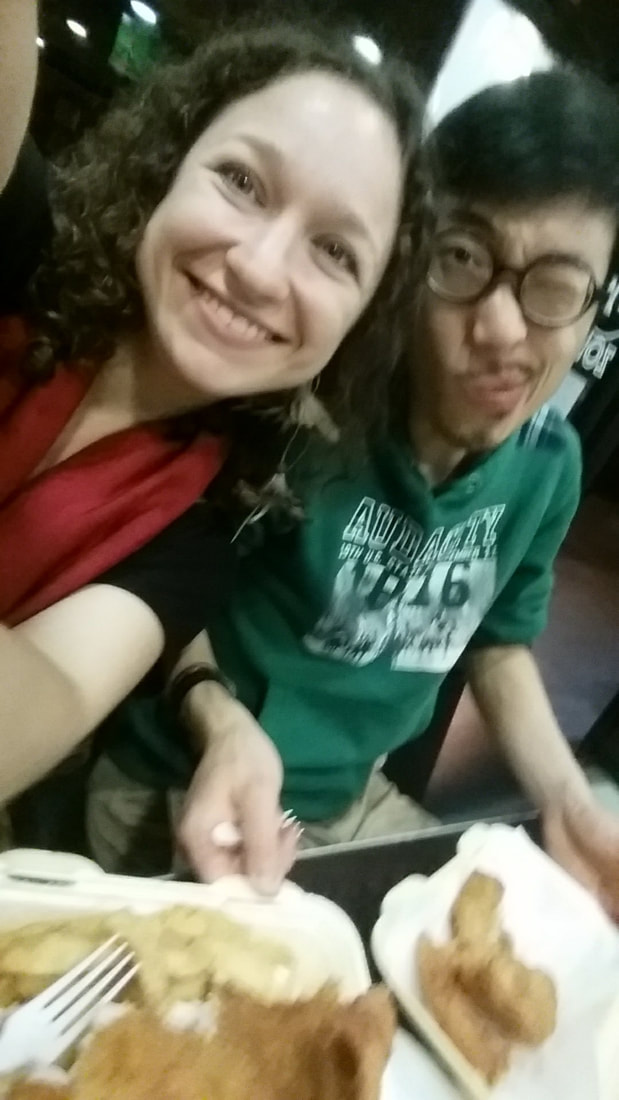

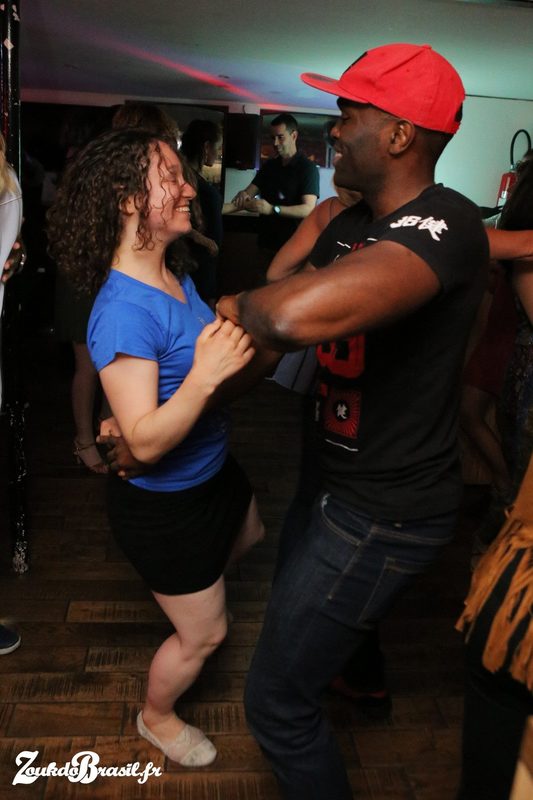
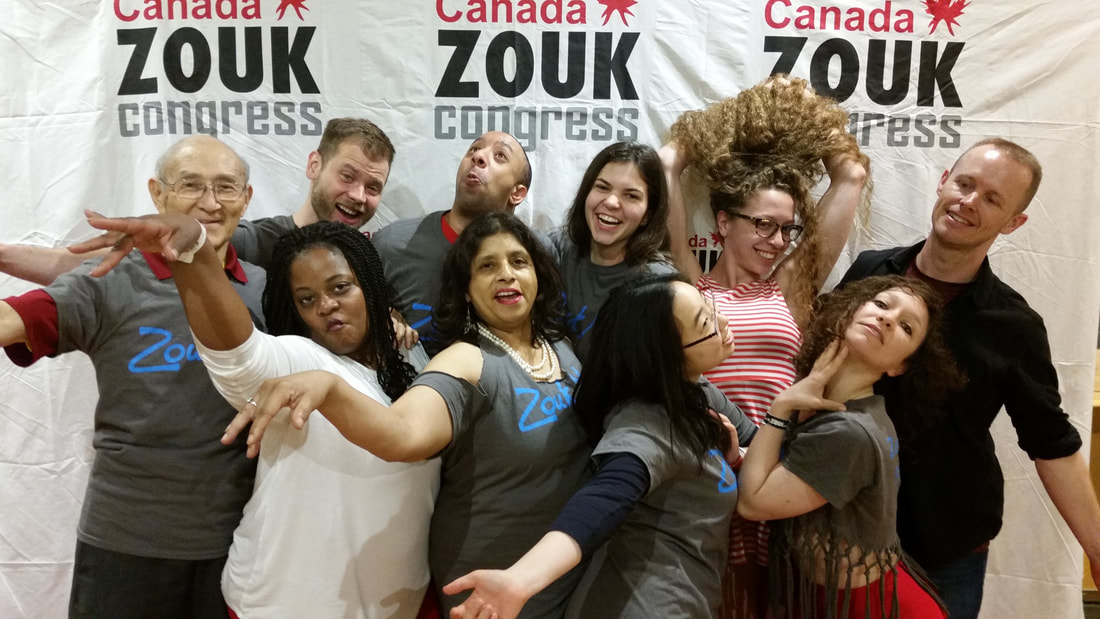
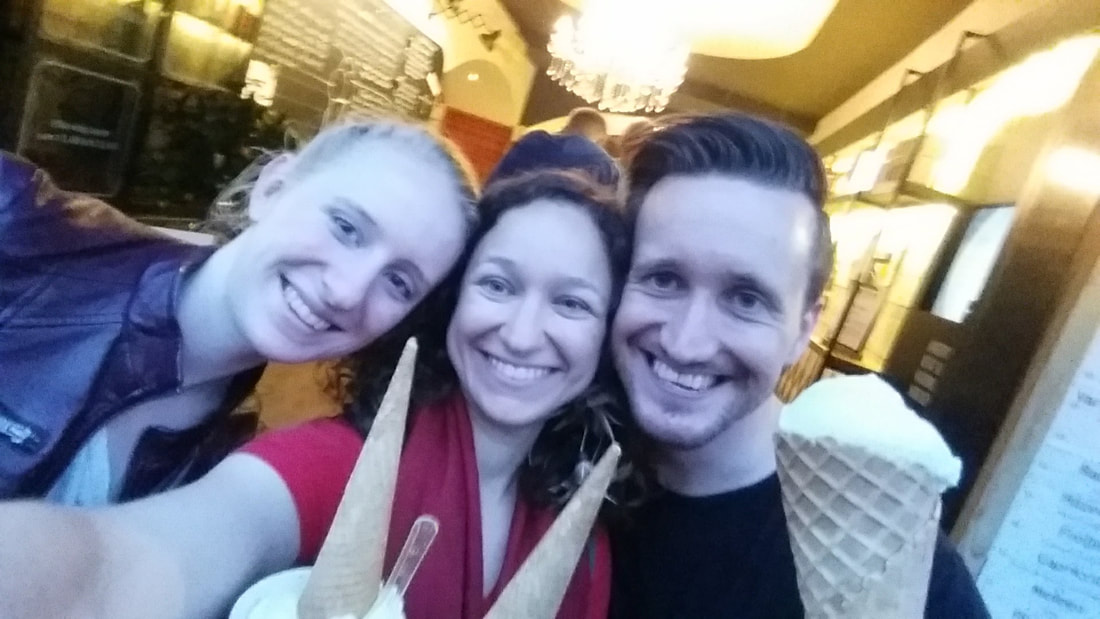


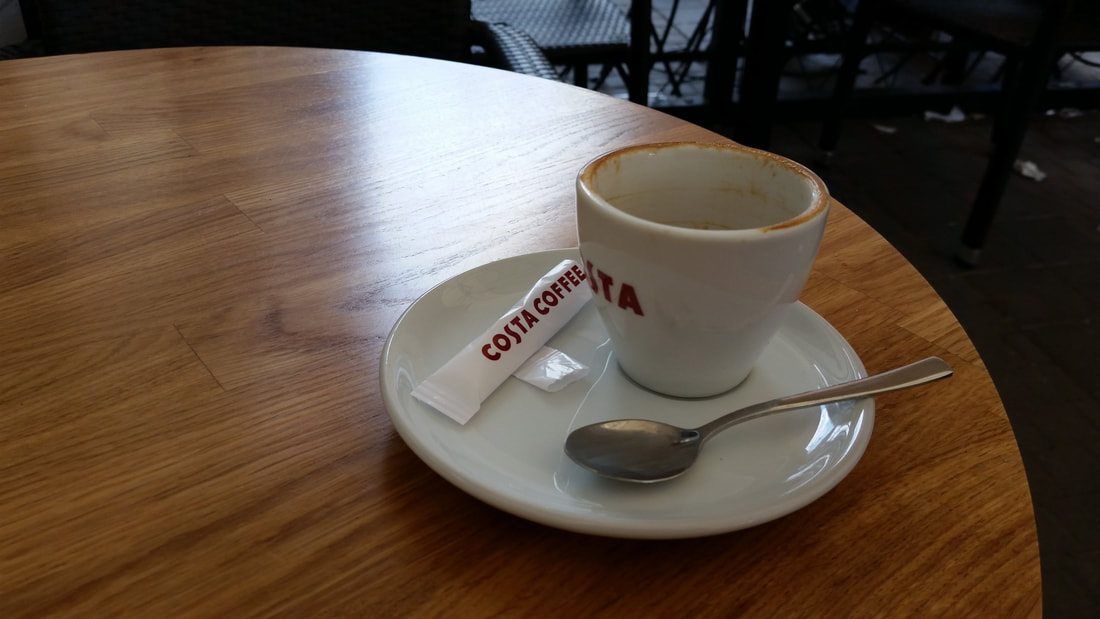
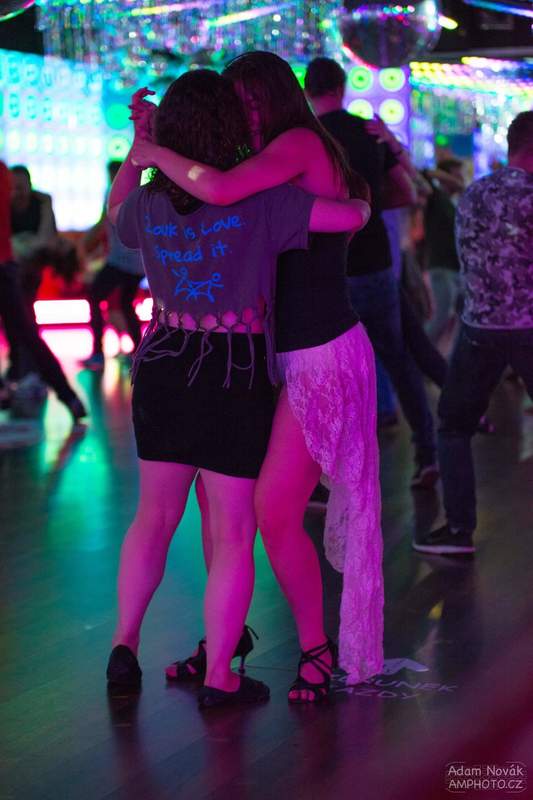
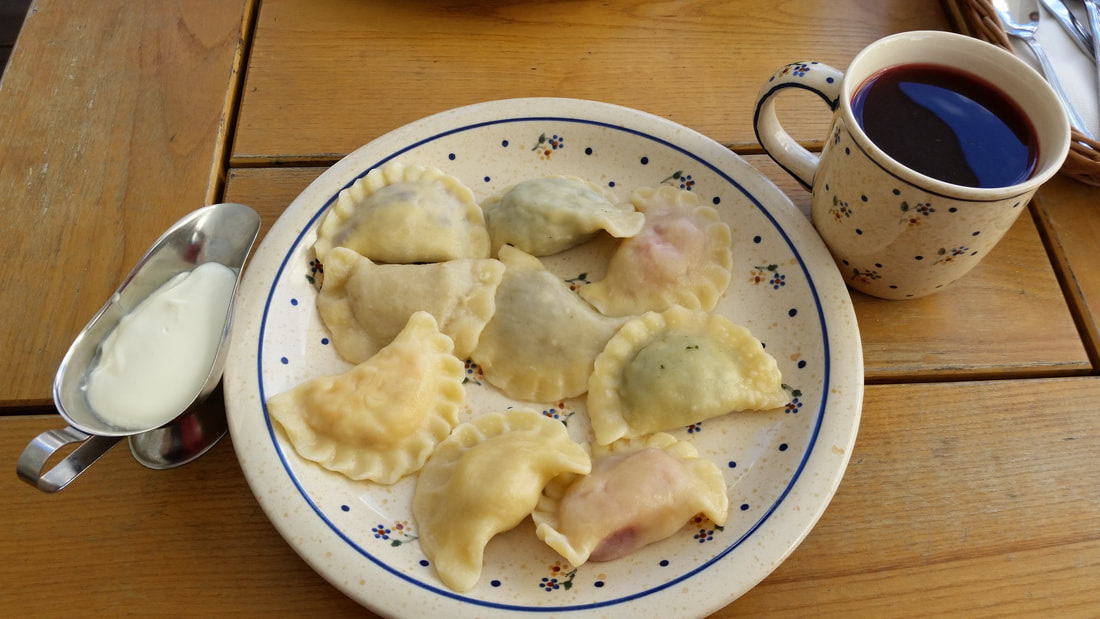
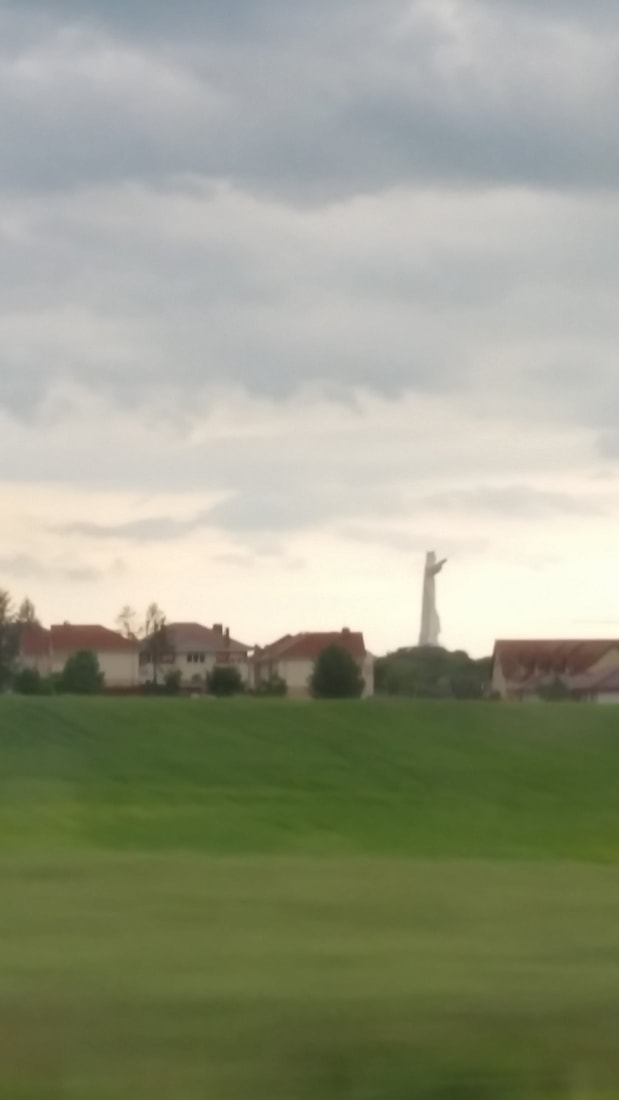

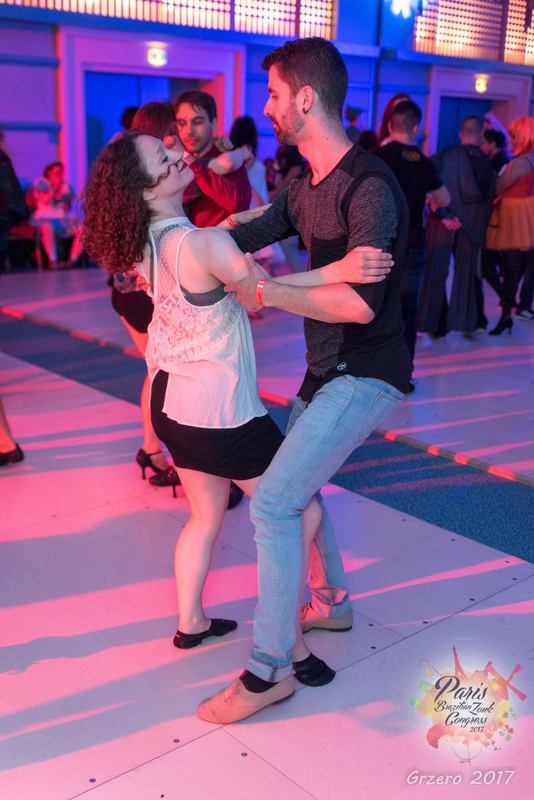

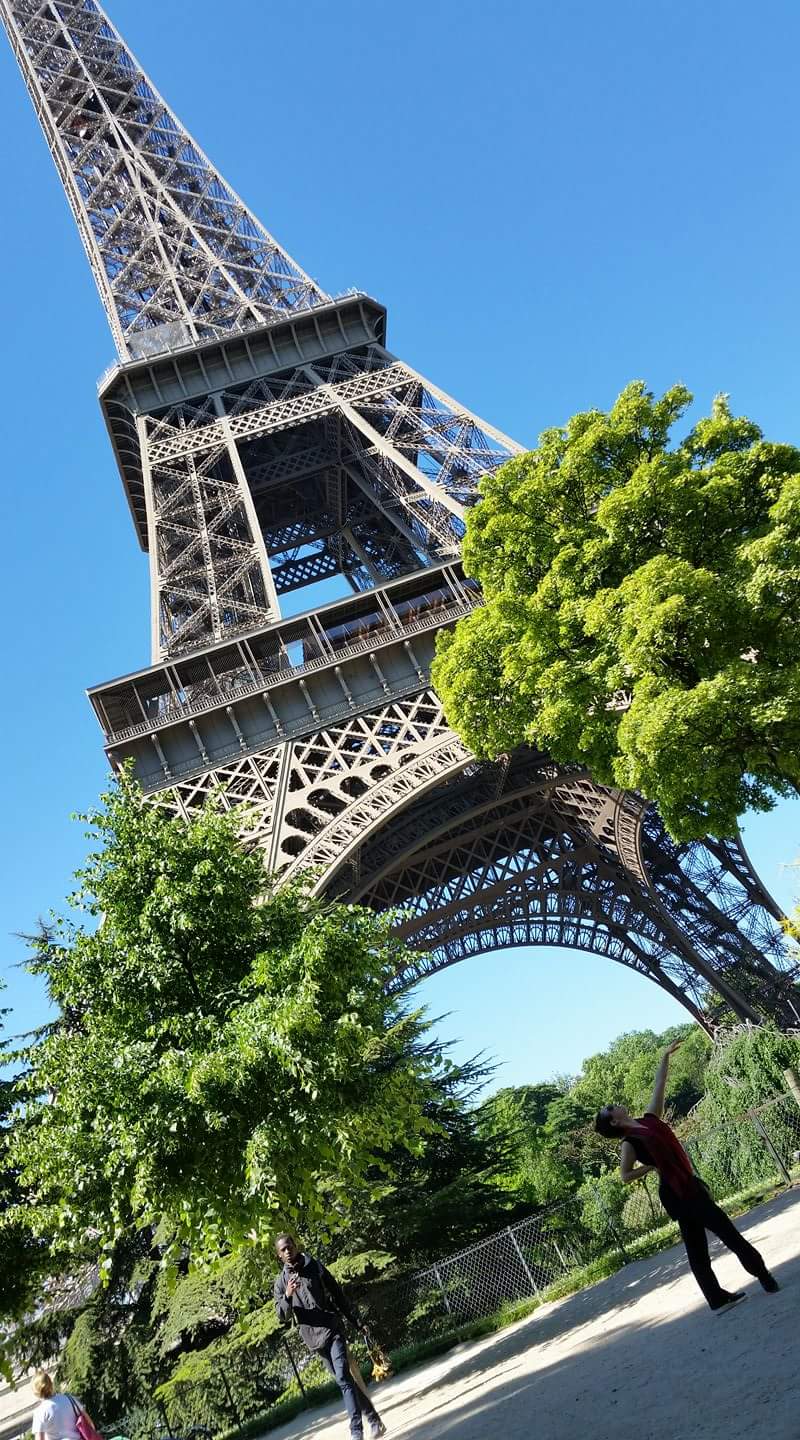
 RSS Feed
RSS Feed